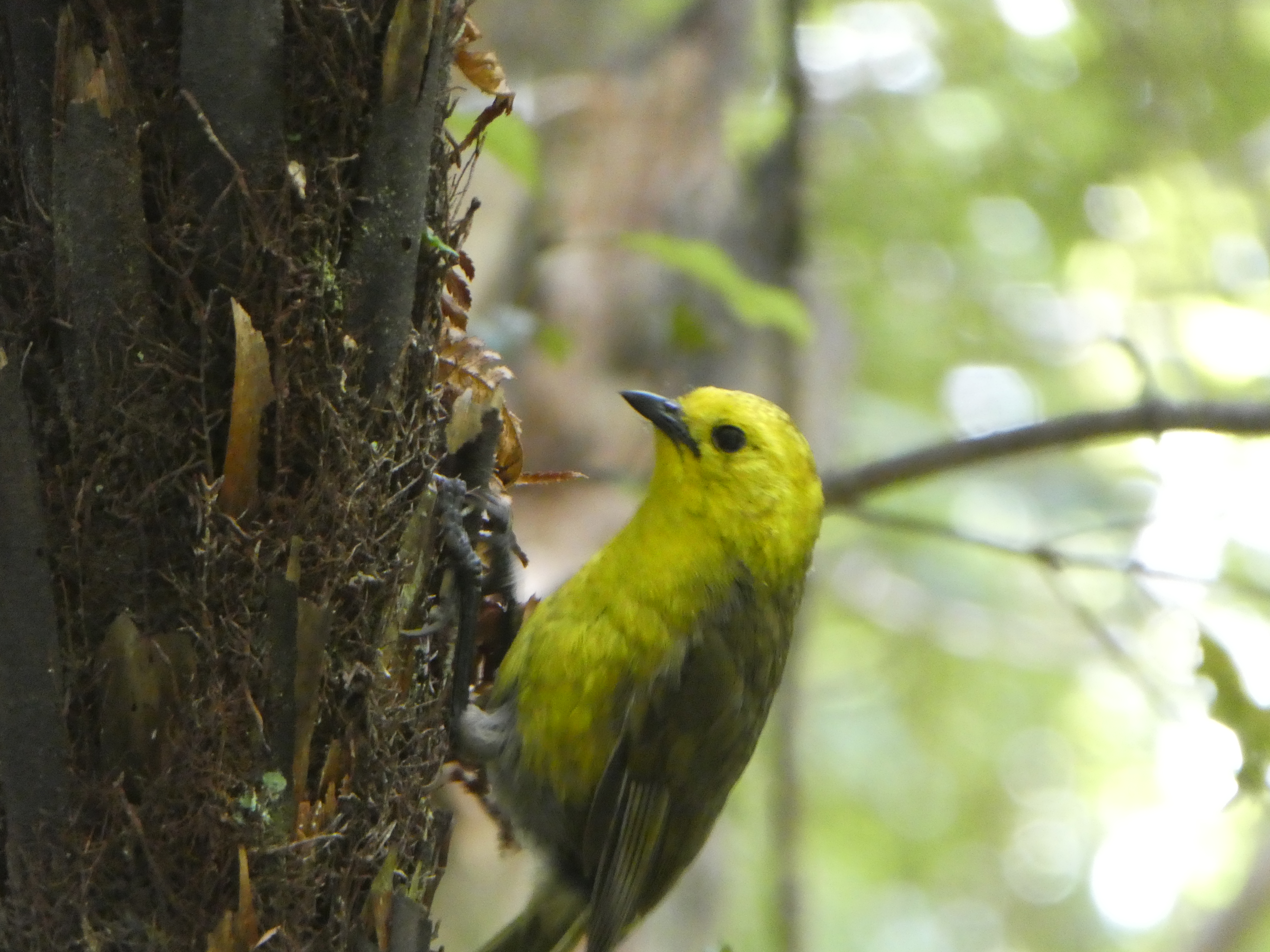Fiordland Temperate Forests
The ecoregion’s land area is provided in units of 1,000 hectares. The conservation target is the Global Safety Net (GSN1) area for the given ecoregion. The protection level indicates the percentage of the GSN goal that is currently protected on a scale of 0-10. N/A means data is not available at this time.
Bioregion: New Zealand (AU1)
Realm: Australasia
Subrealm: New Zealand
Ecoregion Size (1000 ha):
1,105
Ecoregion ID:
169
Conservation Target:
99%
Protection Level:
10
States: New Zealand
Apart from the spectacular scenery, Fiordland, at the southwest corner of New Zealand’s South Island, is notable for some of the highest levels of endemism of any temperate or alpine area in the world. High rainfall, high cliffs, and high mountains create diverse and verdant habitats that sustain nearly 700 higher plants largely unique to the ecoregion. Unusual birds, such as the southern brown kiwi (Apteryx australis), the kea (Nestor notabilis)—the world’s only alpine parrot, the terrestrial kakapo (Strigops habroptilus)—the world's largest parrot, and the South Island takahē (Porphyrio hochstetteri)— the world’s largest rail, retain populations in this rugged, remote landscape.

The flagship species of the Fiordland Temperate Forests ecoregion is the Takahe. Image credit: Flickr, Digital Trails (CC BY-NC-SA 2.0 DEED)
The cold-tolerant silver beech (Nothofagus menziesii) and red beech (N. fusca) are common species in Fiordland forests. Mountain beech (N. solandri var. cliffortioides) occurs in drier eastern areas at higher altitudes. In the lowland and coastal marine terrace areas, dense, high-rainfall forests of podocarps (totara, rimu [Dacrydium cupressinum], and miro) and beeches grow, with lush understories of tree ferns, lichens, mosses, and understory shrubs. Heathlands grow on ultramafic rocks and on shallow soils. Alpine habitats support extensive tussock herbfields and bogs. There are nine different species of Chionochloa snow tussocks and a wide variety of alpine herbs. Penalpine and alpine endemics include Hebe pauciflora, Aciphylla takahea, and Celmisia inaccessa. Twenty-four alpine herbs are unique to this ecoregion.

Crown ferns. Image credit: Wikipedia, Michal Klajban (CC by 4.0)
In addition to the unusual takahē, kea, kakapo, and kiwi birds, the tawaki Fiordland crested penguin nests in the forest understory. New Zealand wood pigeons, tūī, ruru/morepork, silvereyes, grey warblers, tomtits, bellbirds, and fantails also occur. Over 3,000 invertebrates are recorded, of which about 10% are endemic to the region. Several species of skinks and geckos inhabit the area, including common, green and cryptic skinks (Oligosama nigriplantare polychroma, O. Chloronoton and O. inconspicuum, respectively), jewelled geckos (Naultinus gemmeus) and the ‘Otago large’ gecko (Hoplodactylus aff. maculatus), Fiordland skinks (O. acrinasum), ‘Te Kakahu’ skink, Sinbad skinks, and the Takitimu gecko (H. cryptozoicus). New Zealand’s only land mammals occur, the long-tailed bat (Chalinolobus tuberculatus) and the southern short-tailed bat (Mystacina tuberculate).

Mohua. Image credit: Wikipedia, Mark Anderson (CC by 2.0)
Introduced red deer (Cervus elaphus), rats (Rattus rattus and R. norvegicus), stoats and weasels (Mustela erminea, M. nivalis and M. putorius), and possums (Trichosurus vulpecula) pose a major threat to native species, altering habitat, competing for food, and preying on native animals and eggs. Grazing of red deer degrade alpine herbfields. Much of the ecoregion is protected within Fiordland National Park, which, combined with Aoraki/Mount Cook, Mount Aspiring National Park, and Westland National Parks, comprise the single vast Te Wahipounamu South West New Zealand World Heritage Area (26,000 km2). Pest-free islands include the Breaksea, Outer Gilbert, and the designated Specially Protected Areas Entry Island groups support relatively intact ecosystems and threatened species.
Priority conservation actions for the next decade
- Restore takahē and kakapo populations.
- Conduct effective rats and stoat control programs around known southern short-tailed bat populations.
- Continue restoration programs for threatened flora and fauna on pest-free islands.
-
-
- Molloy, L. 1994. Wild New Zealand. New Holland Publishers. London.
- New Zealand Department of Conservation. 2007. Fiordland National Park Management Plan. Southland Conservancy Conservation Management Planning Series. Invercargil, NZ.
- The Country. 2019. Automatic rat, stoat traps making a 'real difference' in Fiordland. Retrieved from https://www.nzherald.co.nz/the-country/news/article.cfm?c_id=16&objectid=12238962
-
Cite this page: Fiordland Temperate Forests. Ecoregion Snapshots: Descriptive Abstracts of the Terrestrial Ecoregions of the World, 2021. Developed by One Earth and RESOLVE. https://www.oneearth.org/ecoregions/fiordland-temperate-forests/
-



